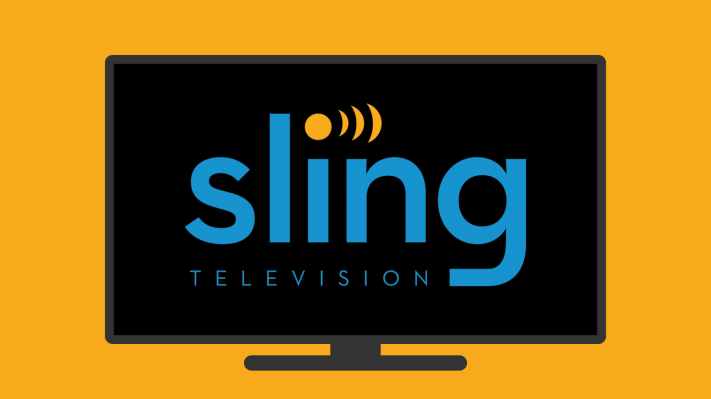Sling TV, the low-cost, live TV streaming service, hasn’t yet saved Dish Network. According to the company’s latest earnings report, the TV provider still saw a net loss of 12,000 pay-TV subscribers. That loss indicates that its satellite service customer base is actually dropping dramatically, as Dish – as you may recall – now combines its satellite and Sling TV customers in an attempt to pad its numbers.
Sling TV, after all, has grown to several thousand customers.
Dish didn’t say how many subscribers Sling TV has, but analysts suspect that it has reached around 400,000, according to various reports.
The company said in its earnings release that it ended the year with 13.897 million pay-TV subscribers compared with approximately 13.978 million at the end of 2014, or a decline of 81,000. The year before, it lost 79,000 net subscribers.
Dish’s losses come at a time when other pay TV providers have seen gains. As DSL Reports this week noted, Charter, Time Warner and Comcast all added video subscribers in the fourth quarter. This has led some to believe that the cord cutting “fad” could be winding down. But that’s not actually the case.
Instead, what seems to be going on is a lateral move of subscribers, it said. That is, customers are going from telco and satellite providers like Dish to others, who are promoting discounted bundles, broadband speed upgrades, and better set-top boxes.
Or, as MoffettNathanson analyst Craig Moffett put it, “Telco TV has seemingly hit a brick wall.”
AT&T and DirectTV reported a net loss of 26,000 video subscribers in the last quarter, and Verizon Fios TV (disclosure: Verizon owns TechCrunch parent AOL) just had its worst quarter, with 20,000 customers added in Q4. (In Q4 2014, it added 116,000.) Meanwhile, Time Warner Cable added 30,000 customers in 2015.
“It would be easy to blame cord-cutting, but what is really going on is the improbable resurrection of cable,” Moffett said. “Satellite is facing the same challenge. After a decade of being a net share donor, the big cable operators are taking back share,” he added.
Dish, then, has been smart to hedge its bets by investing in Sling TV. The internet-powered streaming service represents its plan to retain a group of paying customers even as those still married to the idea of traditional TV head back to the cable companies, while those cutting the cord start shopping for over-the-top solutions.
Dish’s cheap cable TV-like bundle offers a way for customers to watch the “best of cable,” along with ESPN, at prices that start at $20 per month. Combined with a digital antenna to watch network TV, you can slash your monthly bill for TV service.
Dish also reported its 2015 total revenue was $15.1 billion compared to $14.6 billion in 2014. Subscriber-related revenue in 2015 was $15 billion, compared to $14.5 billion in 2014. Net income for the year was $747 million compared to $945 million in 2014. The company said its operating income was negatively impacted by an FCC spectrum auction expense of $516 million, and an impairment of long-lived assets expense of $123 million.
For the year, Dish added 46,000 net broadband subscribers in 2015, bringing its total broadband subscriber base to approximately 623,000 compared to approximately 577,000 at the end of 2014.
